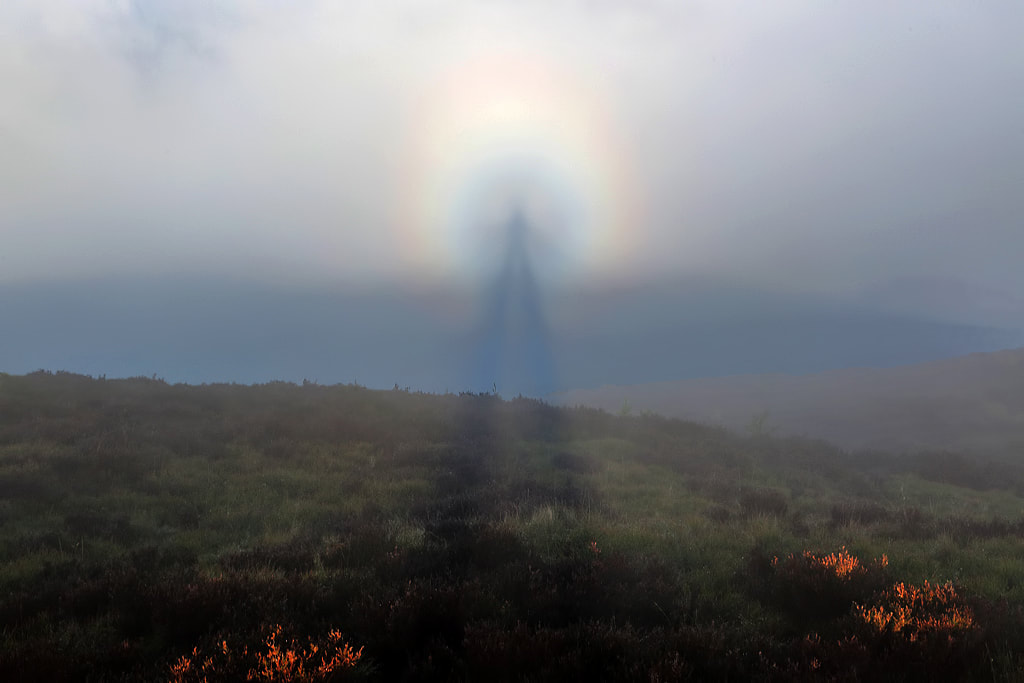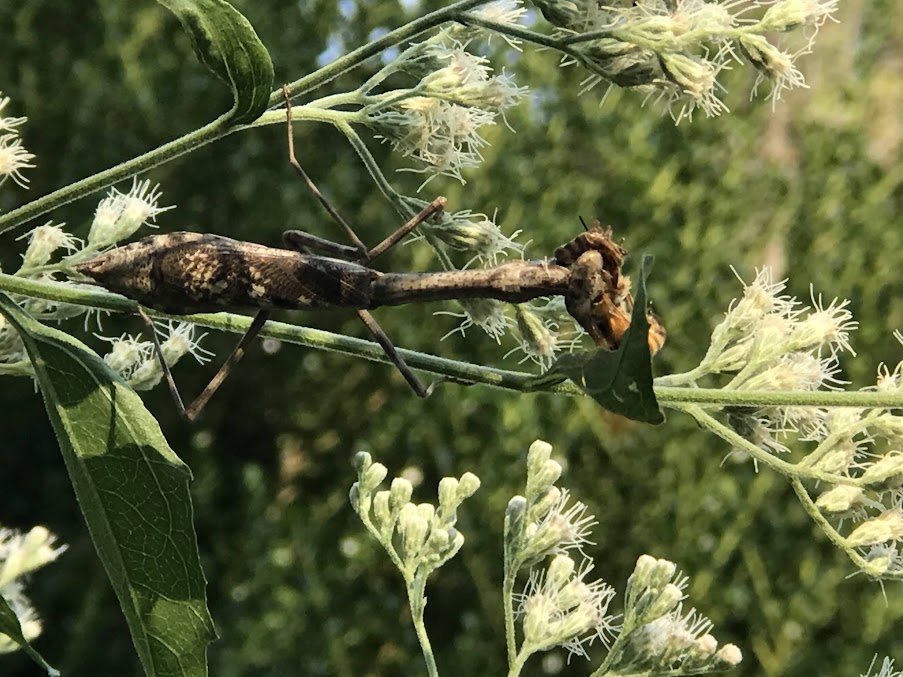|
There was once a time when aquariums around the world consisted of a tank with vertical transparent walls through which people viewed the fish from the outside. This changed in 1985 when Kelly Tarlton’s Underwater World opened to the public in Auckland, New Zealand. This aquarium featured a revolutionary design where the tank contained a transparent viewing tunnel running through the middle, so the visitors felt they entered the tank and were surrounded by the sea creatures. This aquarium design, which now has been copied throughout the world, was conceived by New Zealand marine archeologist and diver Kelly Tarlton. Tarlton’s new aquarium design proved very popular, and within 7 weeks, the museum had 100,000 visitors. Unfortunately, Tarlton died of a heart condition at the untimely age of 47, but his museum, now renamed “SEA LIFE Kelly Tarlton's Aquarium” still lives on. The video below was shot inside an aquarium tunnel in Ripley’s Aquarium of The Smokies in Gatlinburg, Tennessee.
0 Comments
Muskets were a firearm used for over two centuries in several armed conflicts including the Civil War. In the video below you can see a demonstration of the firing of a musket in slow motion at the fort of the Fort Frederick State Park in Maryland. The firing mechanism of the musket relies on a hammer (cock) that contains a piece of flint rock attached to its end. The hammer is pulled back into a position of tension (cocked position) thanks to a spring mechanism. When the hammer is released by operating the trigger, its flint head hits a structure called the frizzen, pushing it back and generating a spark that ignites a small amount of gunpowder under the frizzen in a space called a flash or priming pan. In the video below, this is the first explosion that you see near the rear of the musket. Once the flash pan has ignited, the flame travels through a touch hole or vent and ignites the powder within the barrel of the musket, which results in the firing of the projectile. This is the second explosion in the video which comes out of the muzzle of the musket. You can even hear an echo of the explosion from the sound bouncing off the barracks and walls of the fort. Image of the firing mechanism of a musket by Jim Surkamp is used here under an Attribution-NonCommercial 2.0 Generic (CC BY-NC 2.0) license. A sun glitter pattern is formed when the light of the sun is reflected off the surface of ripples in the water. A smooth body of undisturbed water would produce one reflection of the sun. But the chaotic overlay of many ripples on top of each other produces numerous reflections of the disk of the sun constantly appearing, moving, and disappearing. The most recognized, photographed, and written about glitter pattern is the one produced when the light of the setting sun is reflected off an ocean or lake surface. But glitter patterns can be found anywhere there is a liquid reflecting light including Saturn’s moon, Titan, which has lakes of liquid hydrocarbons. In our planet, glitter patterns are used to produce more accurate weather forecasts. In the video below you can see a glitter pattern in slow motion on the waters of Old Farm Creek in Rockville, Maryland. Cats have a set of specialized hairs that we call whiskers and scientists call vibrissae. These hairs are longer and thicker than regular hairs and their roots are also embedded much deeper in the flesh. Whiskers are present on top of the eyes and upper lip of the animal as well as on the chin, forelegs, and ears. Each whisker is connected to a sensory structure called a proprioceptor which sends its signals to the brain, so you can think of whiskers as very sensitive tactile hairs. Whiskers allow the cat to balance its body, sense its environment, and communicate emotions. About 40% of the area of the sensory centers of the cat’s brain is involved in processing the input from whiskers! One particular thing that differentiates whiskers from other hairs is that whiskers are attached to special striated capsular muscles that can be moved voluntarily by the animal. Although people do not have whiskers, 35% of human beings have what seem to be remnants of these striated whisker muscles in their upper lips. These vestigial muscles are evolutionary remnants of the muscles that moved the whiskers of our whiskered ancestor. In the images below, you can see several views of Science Cat’s head showing her whiskers. The images belong to the author and can only be used with permission. When returning from our holidays this past year my daughter took the photo below. In it you can see the shadow of our plane upon a cloud surrounded by a radial rainbow. This optical phenomenon is called the “Brocken Spectre”. It occurs when the shadow of a person or an object is projected on mist or clouds. The shadow is often accompanied by a multicolored halo called a “Glory”, which is created when the light from the sun on the periphery of the shadow is diffracted by water droplets in the air. The illusion is named after Brocken Mountain, which is the tallest mountain in the Harz Mountain Range in Germany. The foggy weather in this mountain range has led to many instances of locals witnessing and describing the Brocken Spectre throughout history, which has created a lore of fantastic tales associated with witches and devil worship. The first recorded description of the Brocken Spectre was made by the German theologician and natural scientist, Johann Silberschlag, in 1780. The Brocken Spectre has been reported in many places throughout the world as well as by aviators since the early days of flying. It has been mentioned in works of literature by several authors including Charles Dickens and Lewis Carroll. Image of the airplane Brocken Spectre belongs to the author and can only be used with permission. Image of the person Brocken Spectre by Walter Baxter is used here under an Attribution-ShareAlike 2.0 Generic (CC BY-SA 2.0) license. For most people, clouds are these fluffy white things floating up in the air, which may give the impression that clouds are light, but nothing could be further from the truth. Clouds are created when water vapor condenses into minute water droplets due to changes in pressure and temperature, and water has weight. Those large cumulus clouds that you see up in the sky actually weigh hundreds of tons! The reason why clouds don’t fall is due to in part the same reason why ships built out of steel don’t sink. The density of the clouds is lower than the density of the underlying air. In other words, a given volume of air below the cloud is heavier than the same volume of air in the cloud, thus the cloud floats on this air. In cumulus clouds, this happens because as the warm air rises from the land it expands and becomes less dense. Additionally, the water droplets that make up most clouds are microscopic, and the effect of gravity on them is negligible and easily counteracted by the updraft currents within the clouds.
Kennett Square, Pennsylvania, is the site of Longwood Gardens, a world-class horticultural display garden with a wide variety of plants and trees of both beauty and interest. The garden is the brainchild of its founder, industrialist and financier Pierre DuPont, who began constructing it in 1906. Longwood Gardens features many native and exotic plants both abundant and endangered. But one of the greatest attractions of this site is its water, light, and music show in the Main Fountain Garden. This water display features more than 1,700 jets of water that are programed to move to music. Some of the jets can hurl water up to 175 feet up in the air. The average show, which lasts about 12 minutes, involves recirculating more than 10,000 gallons of water per minute. In the video below you can see a portion of one of the shows during the day. At night, the jets of water are illuminated by LED lights creating a stunning display of color. An additional feature of the show is the fire fountains. These are water fountains that have a fire burning at the top. This effect is achieved by injecting a stream of propane gas into the water jet and igniting it. In the video below you can see the fire fountains during part of one of the shows at night. Many plants have coevolved with other organisms (pollinators) to such an extent that the main or only means the plant has of transporting the male elements (pollen) to the female element (ovule) to assure reproduction is through the intersession of the pollinator. And the same time, many pollinators have become dependent on the nectar and pollen produced by plants for their nutrition. It has been calculated that without pollinators a third of flowering plants would produce no seed and half of all flowering plants would have their fertility reduced by 80%. Pollinators are estimated to contribute 24 billion dollars each year to the US economy by making possible the reproduction of plants of economic importance. The phenomenon of pollination is an active area of research in disciplines such as ecology and evolutionary biology. In the video bellow an Eastern Tiger Swallowtail butterfly (Papilio glaucus) feasts on the nectar of the flower of a thistle plant promoting its reproduction in the process. A wild plant took root in our garden. We decided to let it grow to see what it was. It turned out to be a Late-flowering Boneset Plant (Eupatorium serotinum), also known as Late-flowering Thoroughwort or just Late Boneset. We immediately noticed that the plant was very fragrant and attracted quite a large number of pollinators. Below you can see a sampling of some of the pollinators that visited the plant. It seemed that all these pollinators were having a good time feasting on the nectar of our boneset plant and contributing to its reproduction. However, we then spotted a large bug feeding on a bee it had just caught. We were surprised at the structure with spokes in the back of the insect. What was this bug? The bug turned out to a specimen of Arilus cristatus, the North American Wheel Bug. It is presumably called this because the spoke-laden structure in their backs reminds people of a wheel. The wheel bug is a type of the so-called assassin bugs which belong to the family Reduviidae. These bugs stab their prey with their very sharp proboscis and injects them with enzymes that dissolve the interior of their bodies, which they then proceed to drain. But the wheel bug was not the only assassin lying in wait on our boneset plant. We also spotted a praying mantis lurking among the stems and leaves. The mantis spotted a bee and moved with lightning speed upon the hapless insect, which became its meal. So it seemed that our boneset plant could also be a death trap for some of our pollinators. The wheel bug and the mantis are both ambush predators. They frequent scented plants that attract their prey and lie in wait for the right time to attack. The drama of life and death in nature often unfolds right before our eyes, but we don’t notice it. And all it took was a fragrant plant in my garden to bring this reality to my attention. All photographs belong to the author and can only be used with permission. |
Details
Categories
All
Archives
April 2024
|










 RSS Feed
RSS Feed